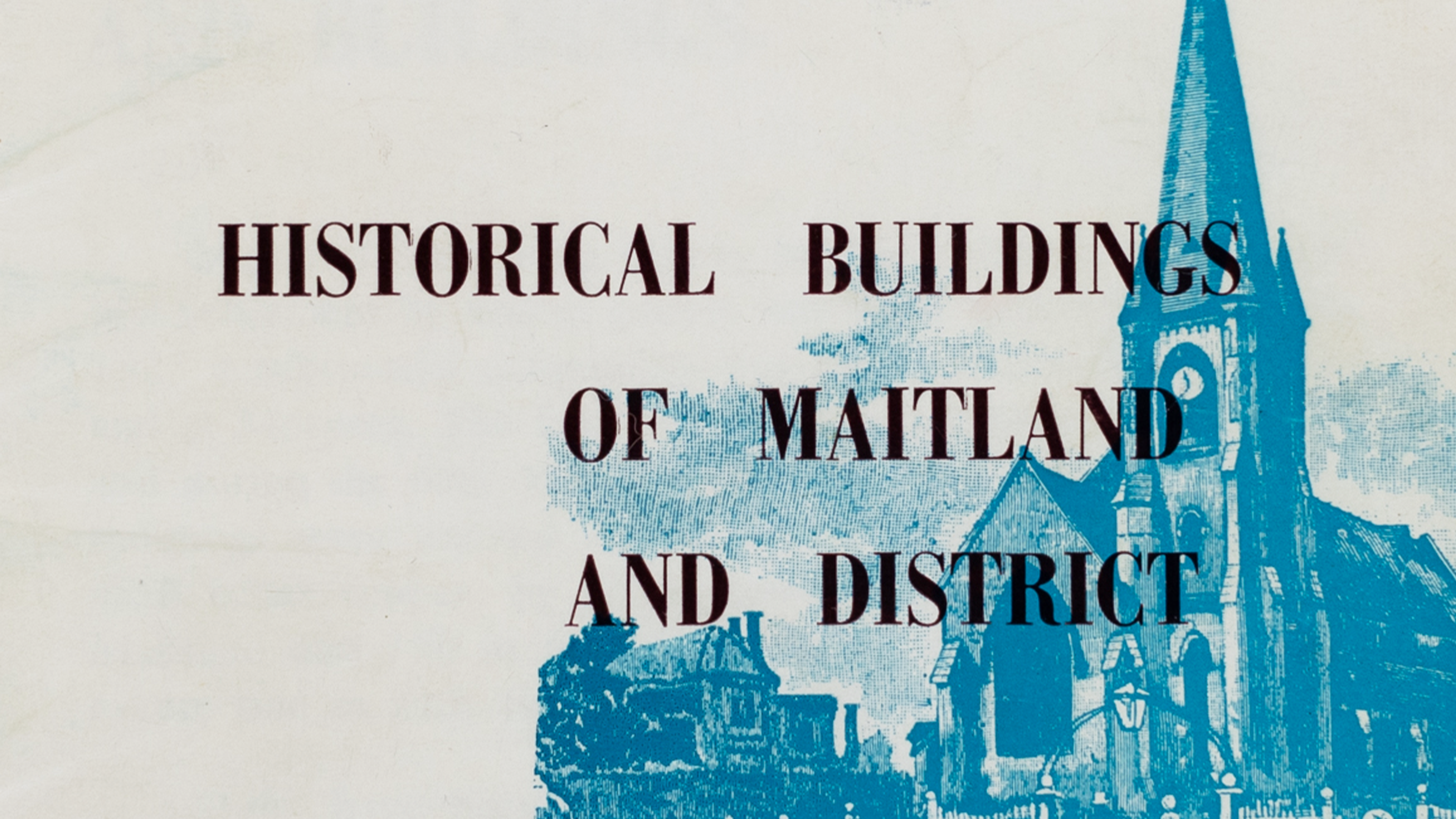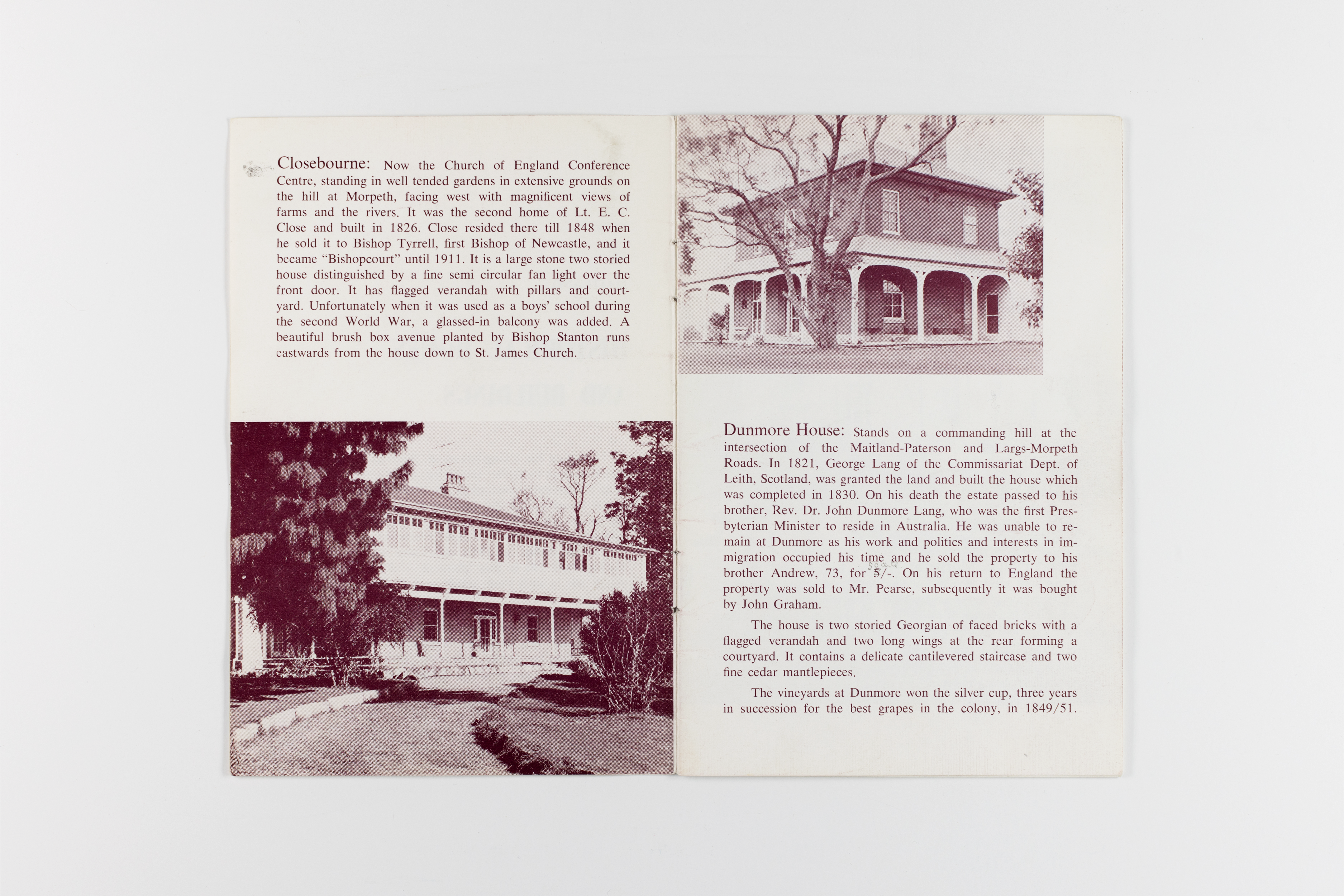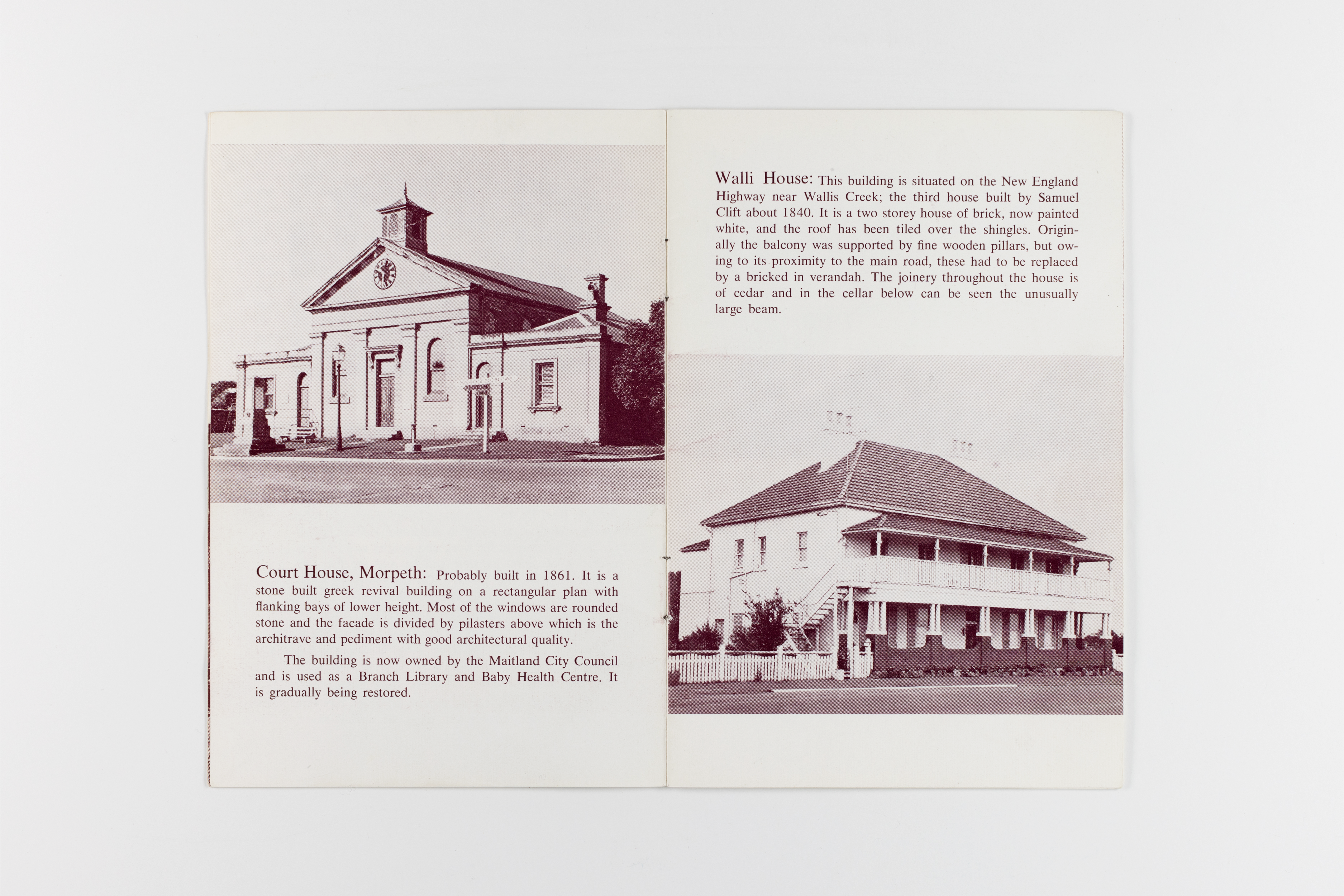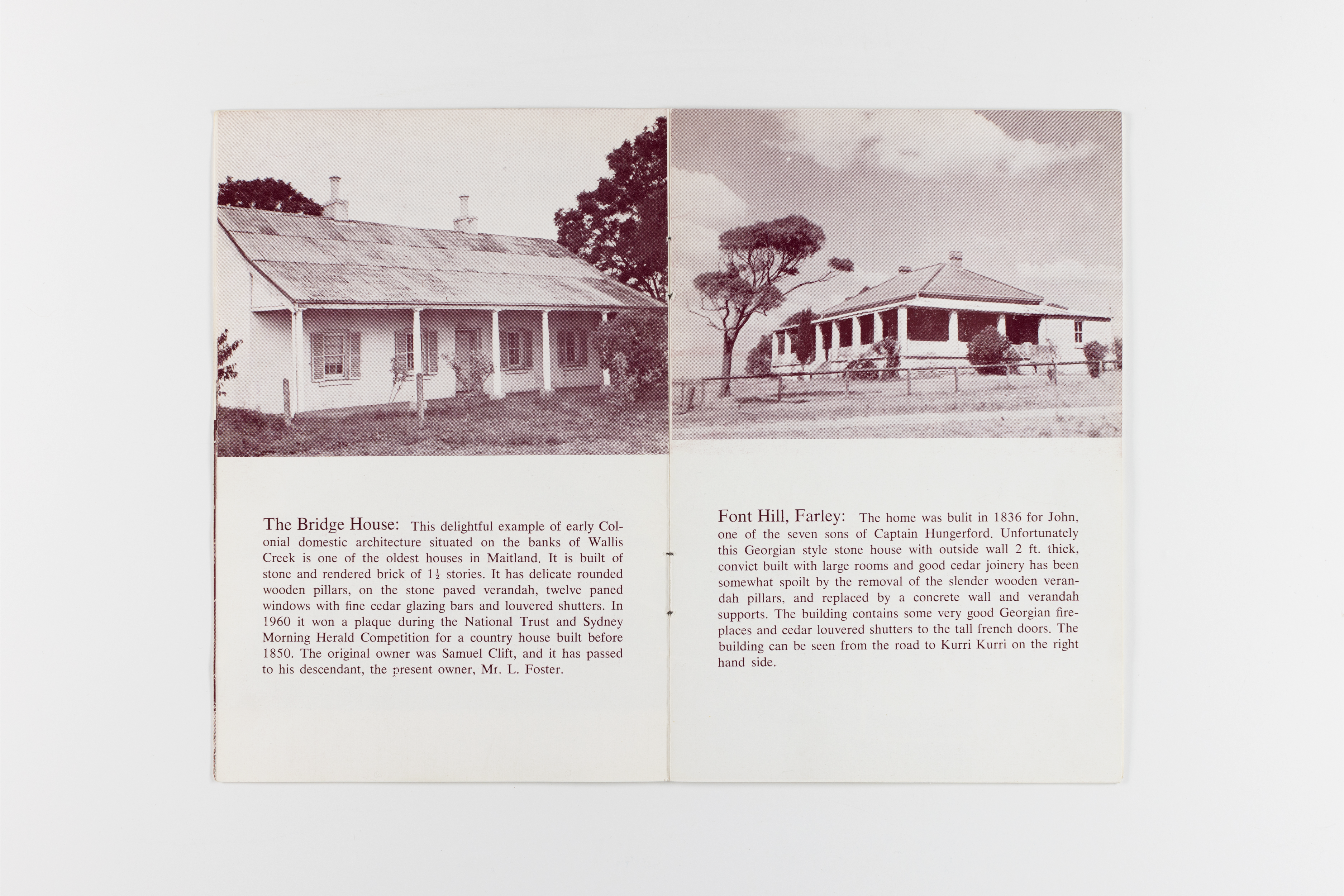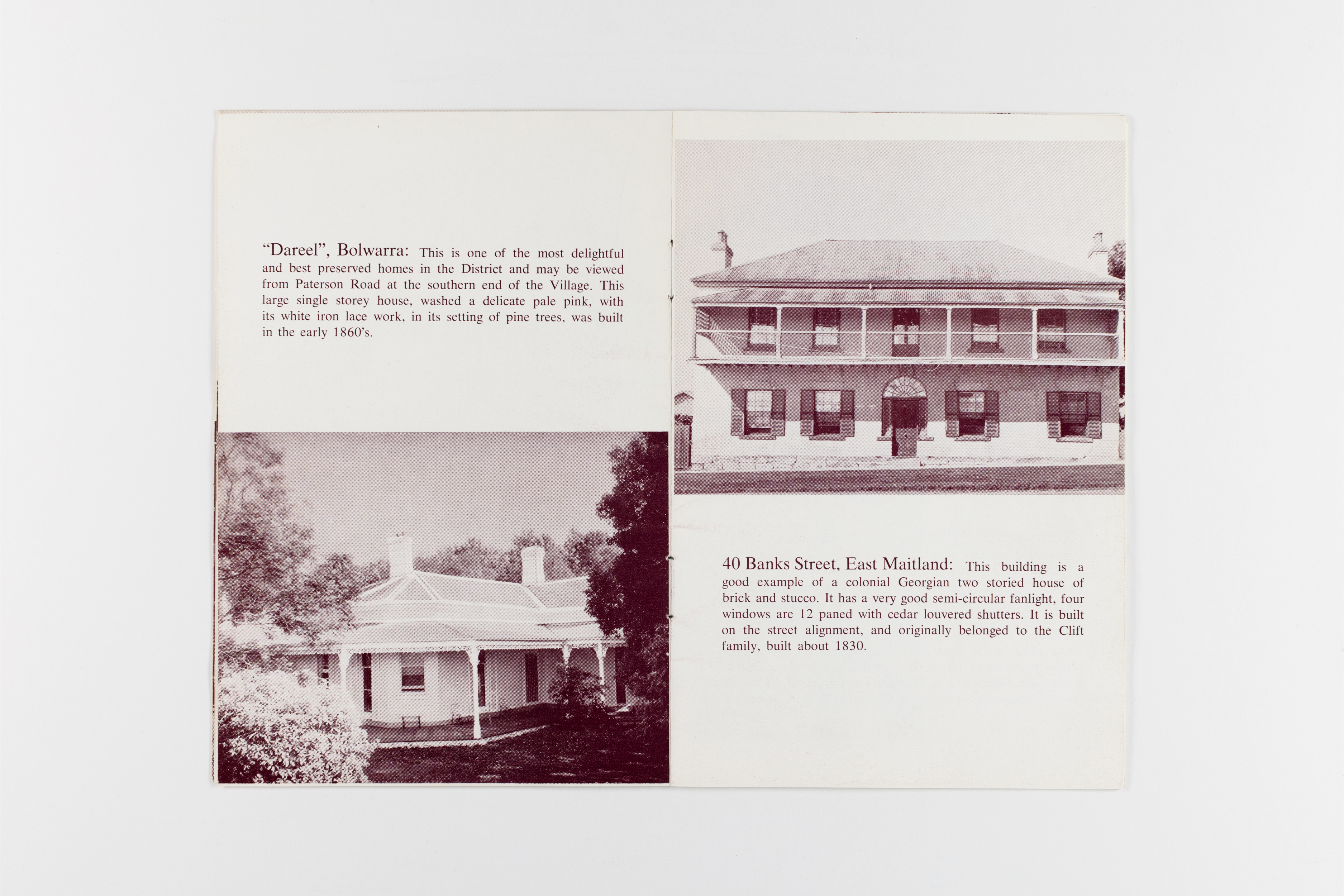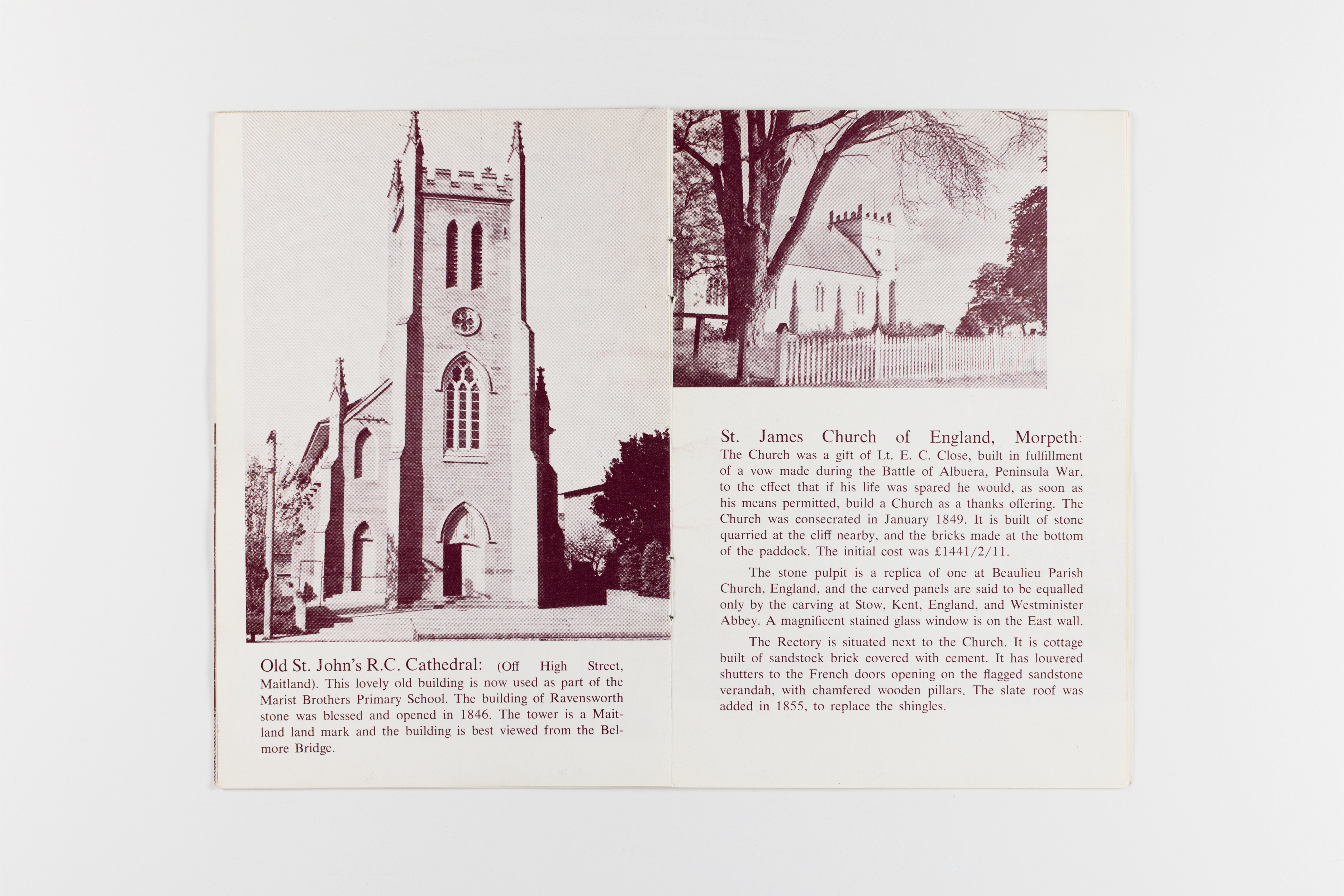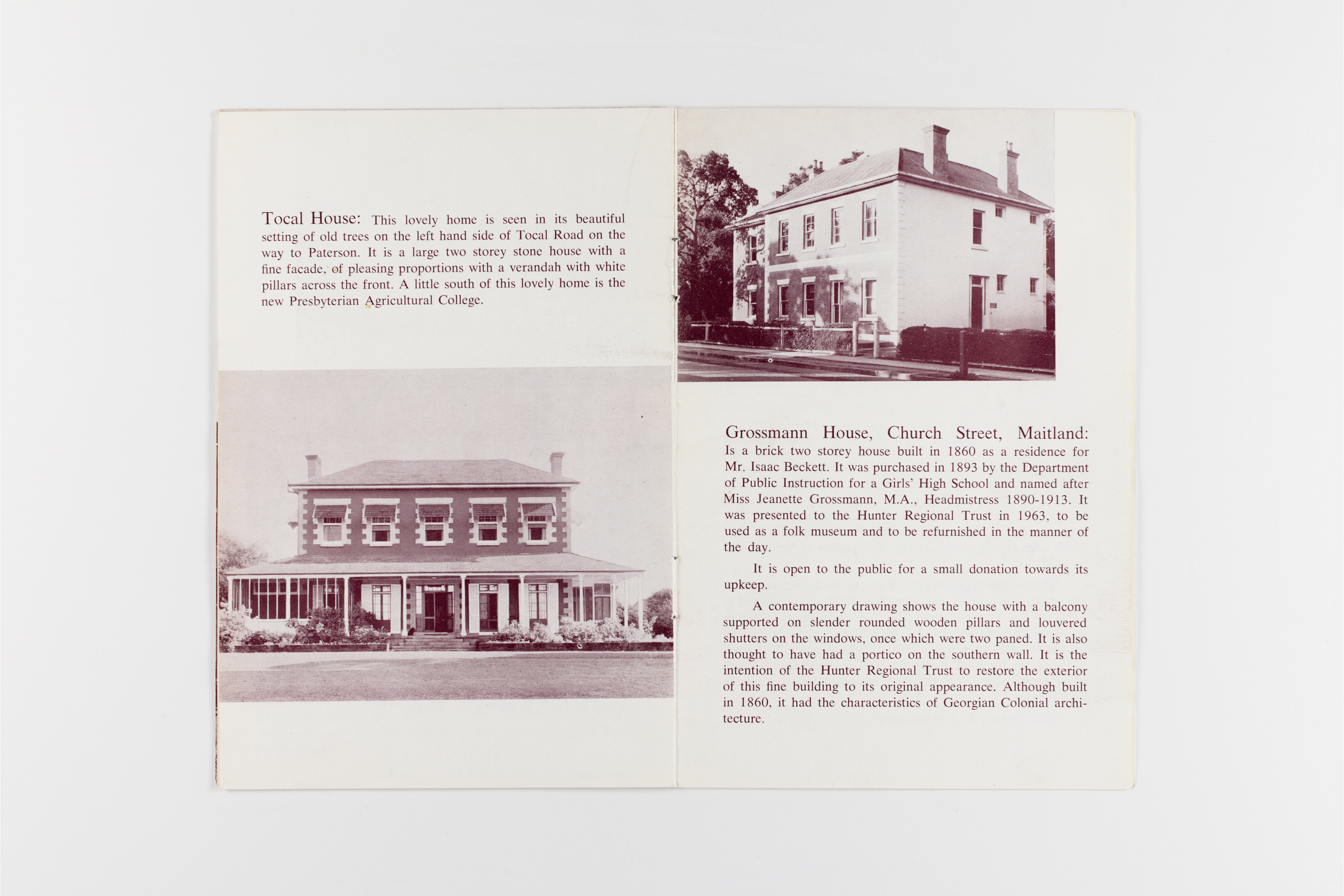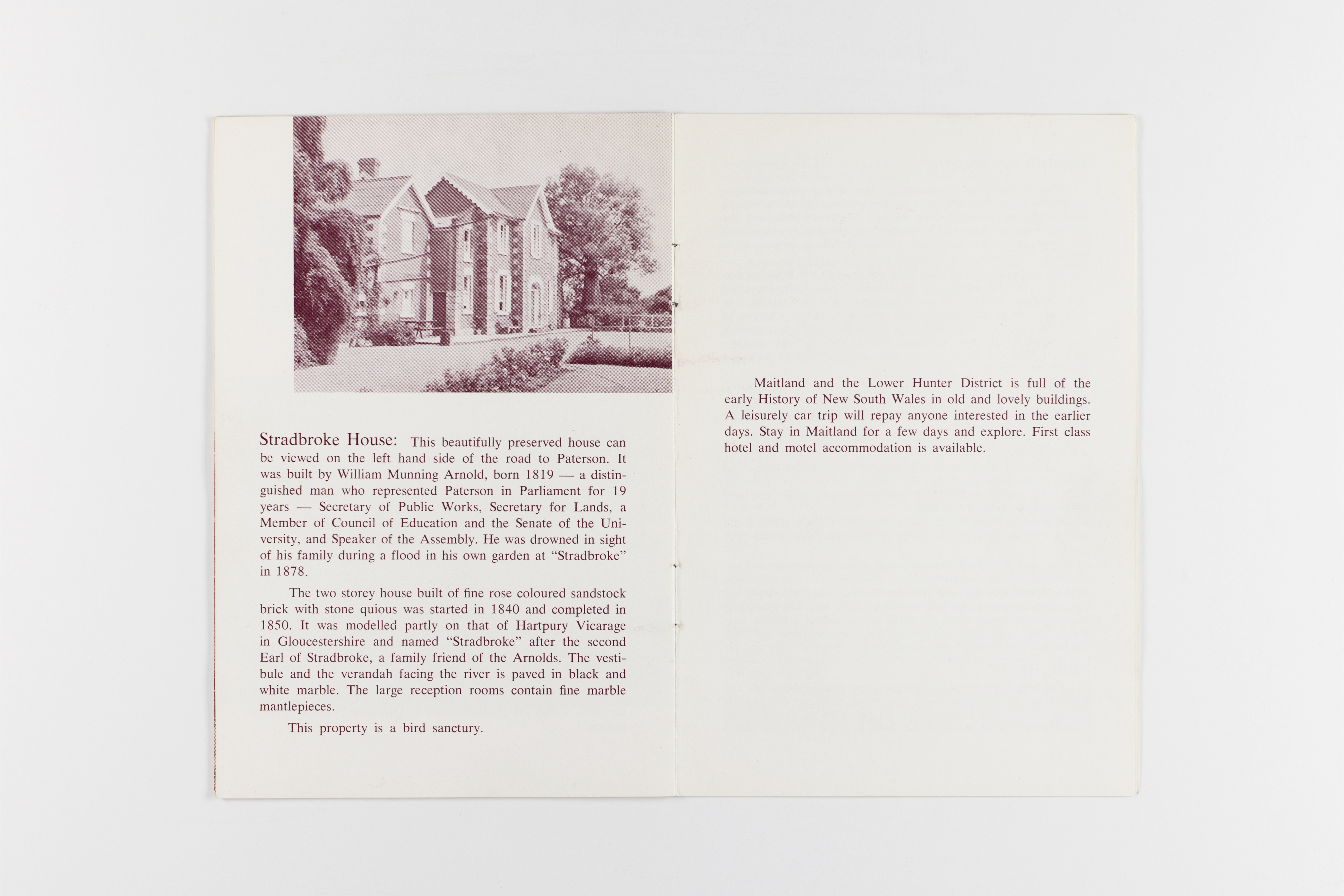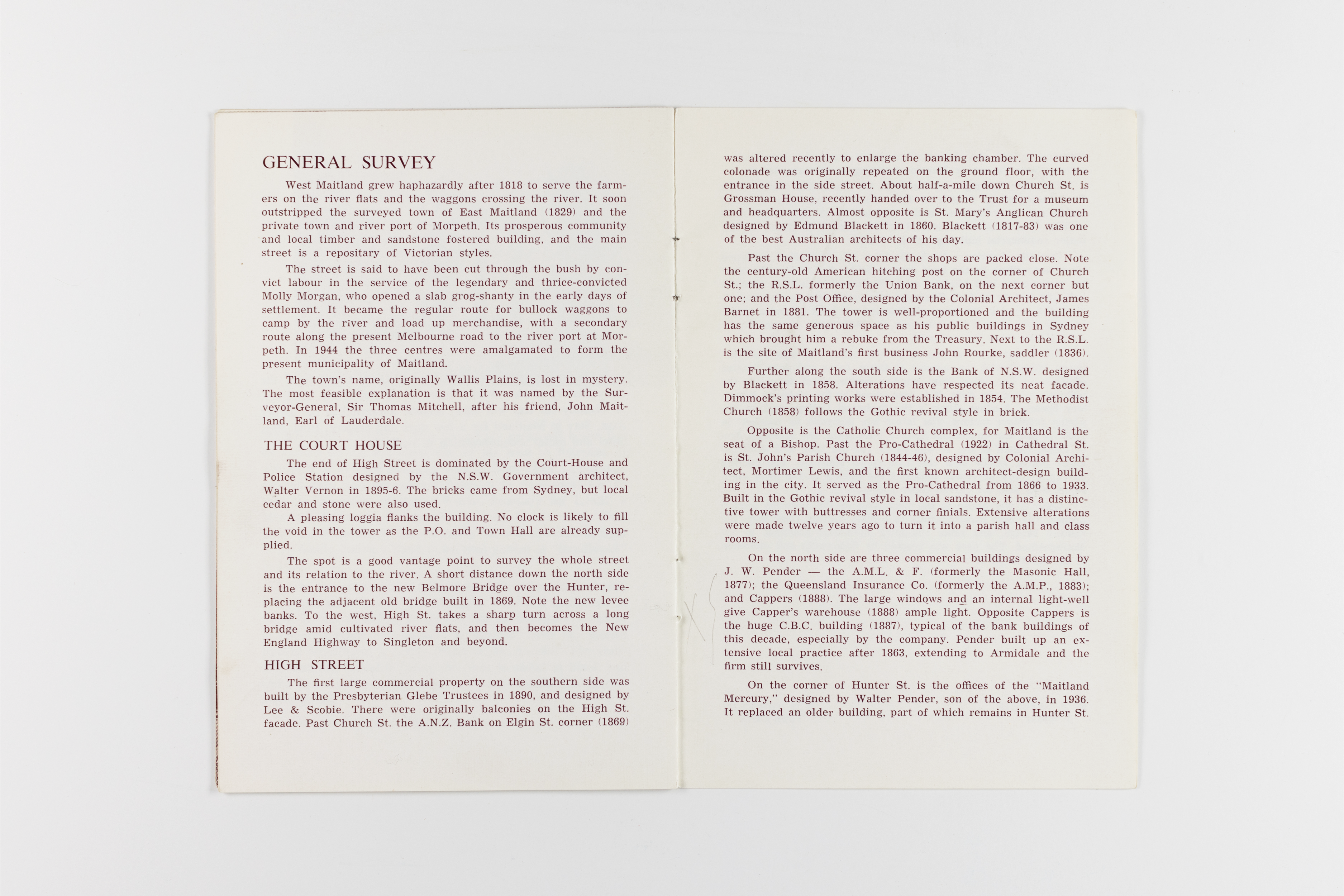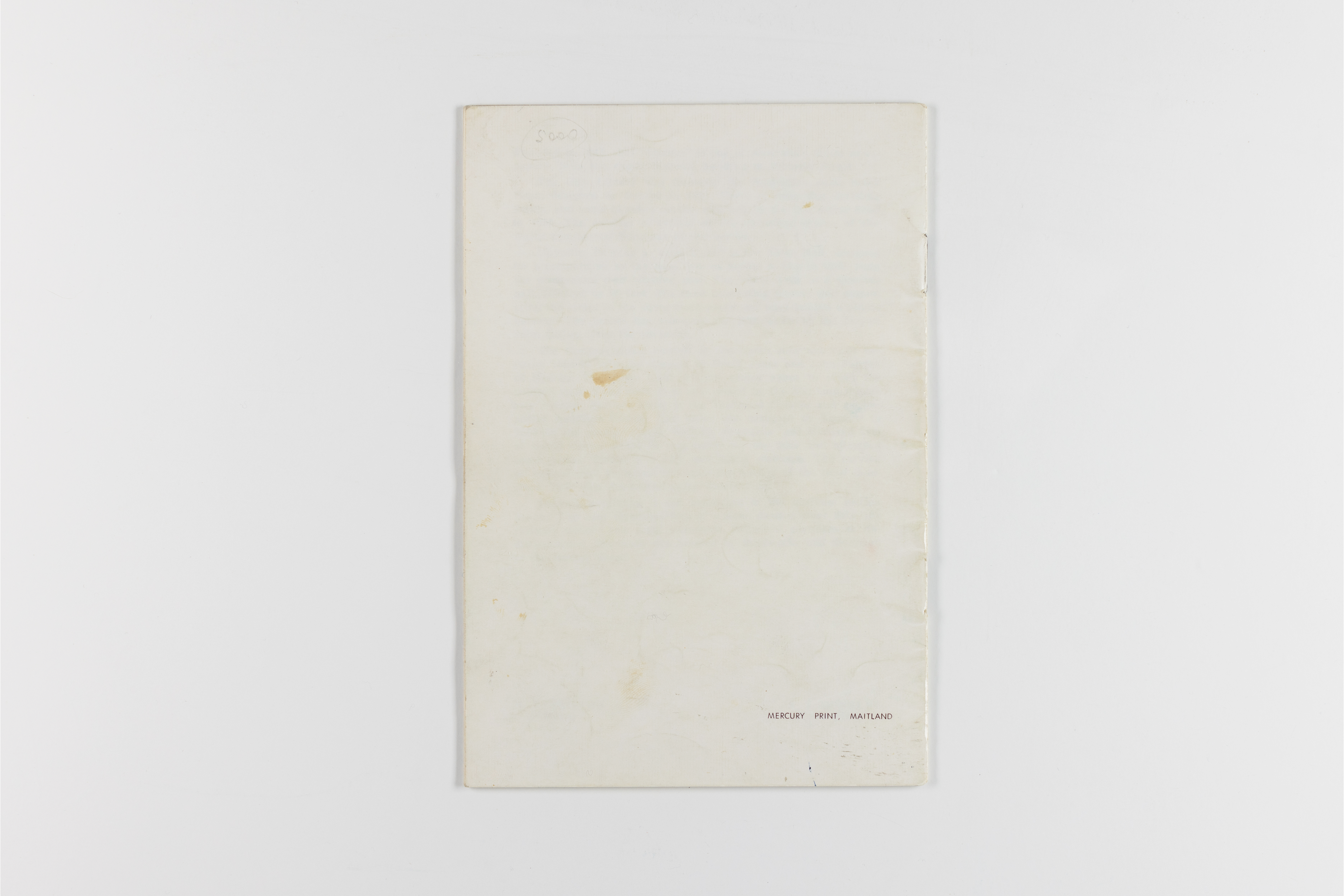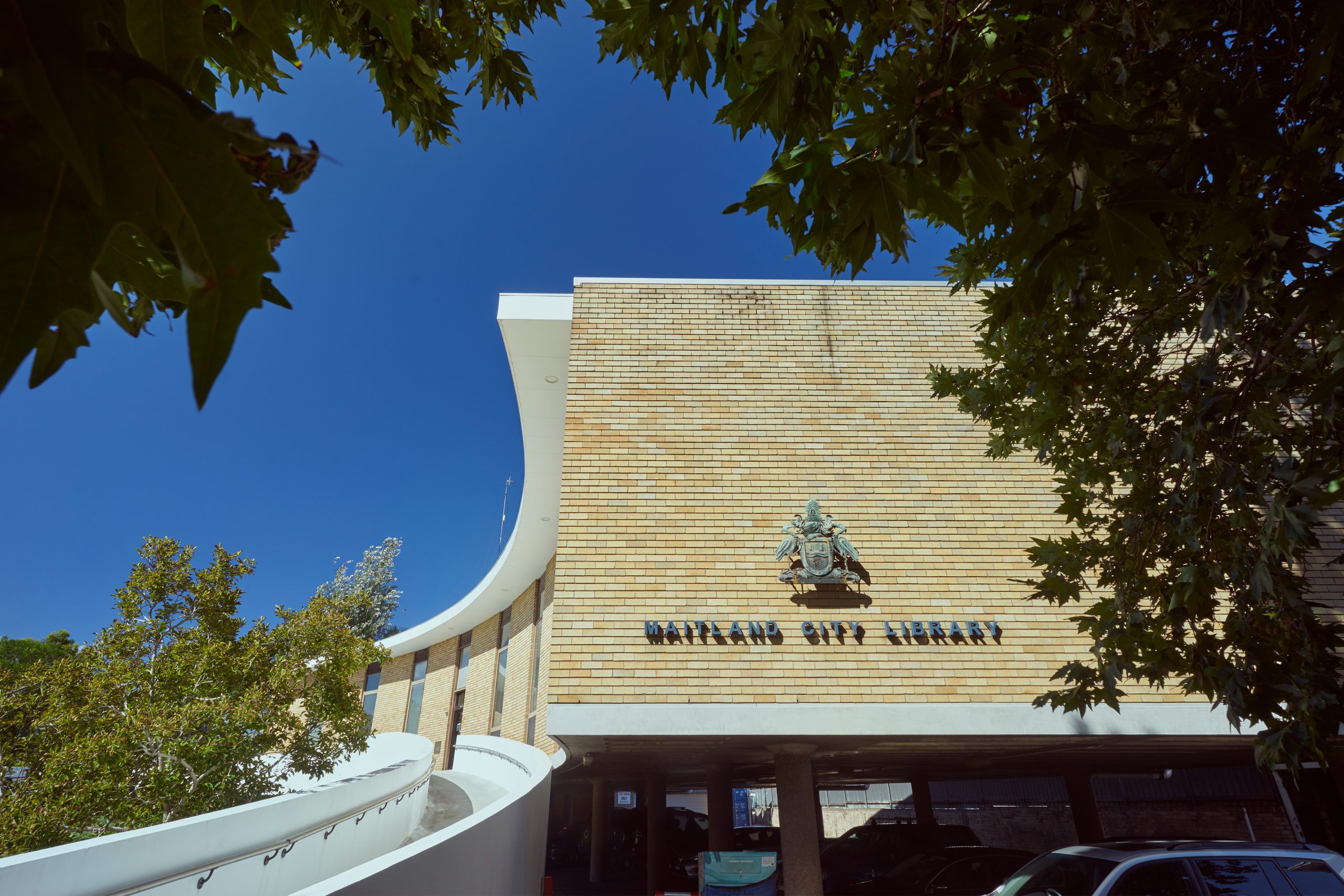Still Standing
Maitland Promotes its Colonial Heritage
In 1965 the machines on the factory floor of Mercury Print at Maitland habitually clanged and whirred, as they printed the pages of this booklet, Historical Buildings of Maitland and District. It was just another print job for the busy local printer, who had been tasked with producing it for Maitland City Council, but the 24-page publication would have an important purpose for Maitland.
Filled with civic pride, the booklet’s pages include photographs and descriptions of the history and architectural features of 15 early colonial buildings in the Maitland region. These solid structures had survived the 1955 Maitland floods that had claimed lives and destroyed many local houses and buildings. In its efforts to rebuild, Maitland City Council sought ways, such as publishing this booklet, to publicly celebrate the region’s strengths and to bring back visitors.
Recognition of the importance of cultural heritage places, for identity building, cultural tourism and economic growth, had begun to take off in the 1950s in Australia, and by the 1960s a wider community appreciation of heritage was emerging. And the focus was nearly exclusively on the architectural merit of colonial era settler heritage, to the exclusion of Aboriginal sites. Maitland’s booklet might have also featured the region’s Aboriginal heritage – rock engravings and paintings and other cultural sites of the Wonnarua people, but it was published before the value of Indigenous heritage was widely recognised.
At the same time, Australians were interested in modernity and more historic buildings were demolished in the 1960s than ever before, or since. It would be another decade before NSW would have its Heritage Act (1977) to protect the state’s heritage from destruction. So after being featured in this booklet in 1965, how many of these buildings are still standing?
Surprisingly… all of them!


